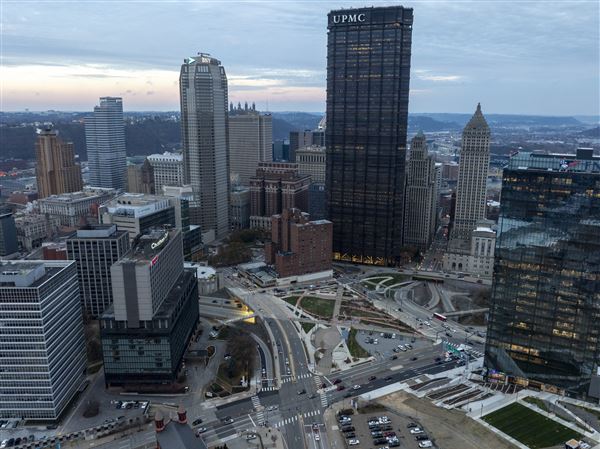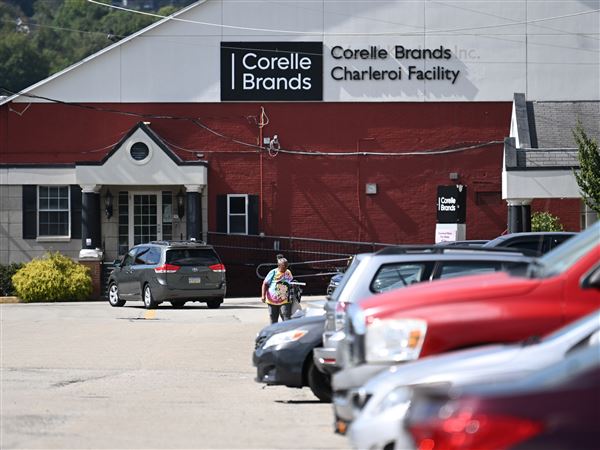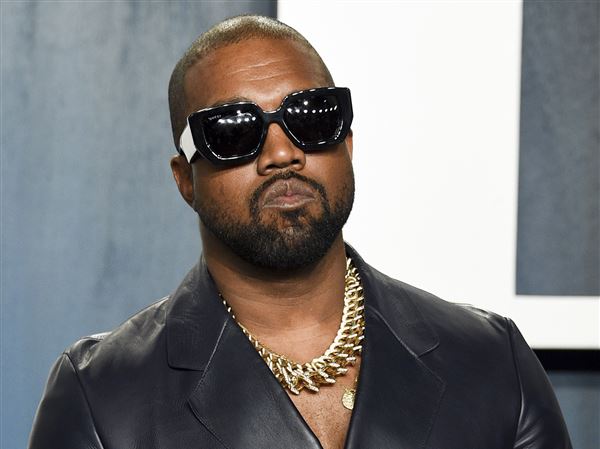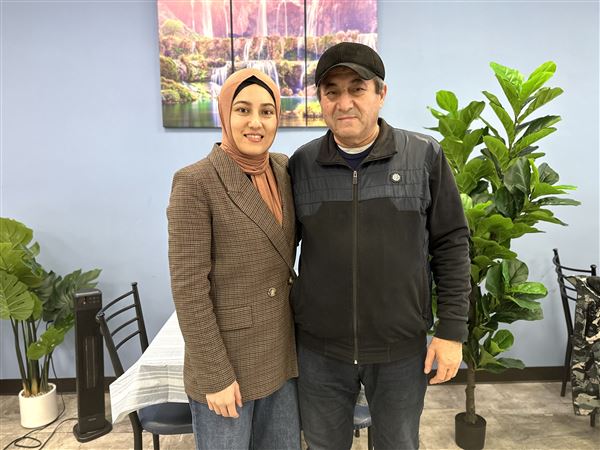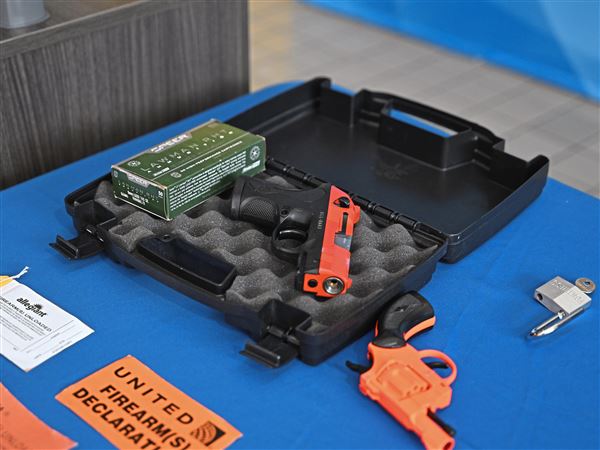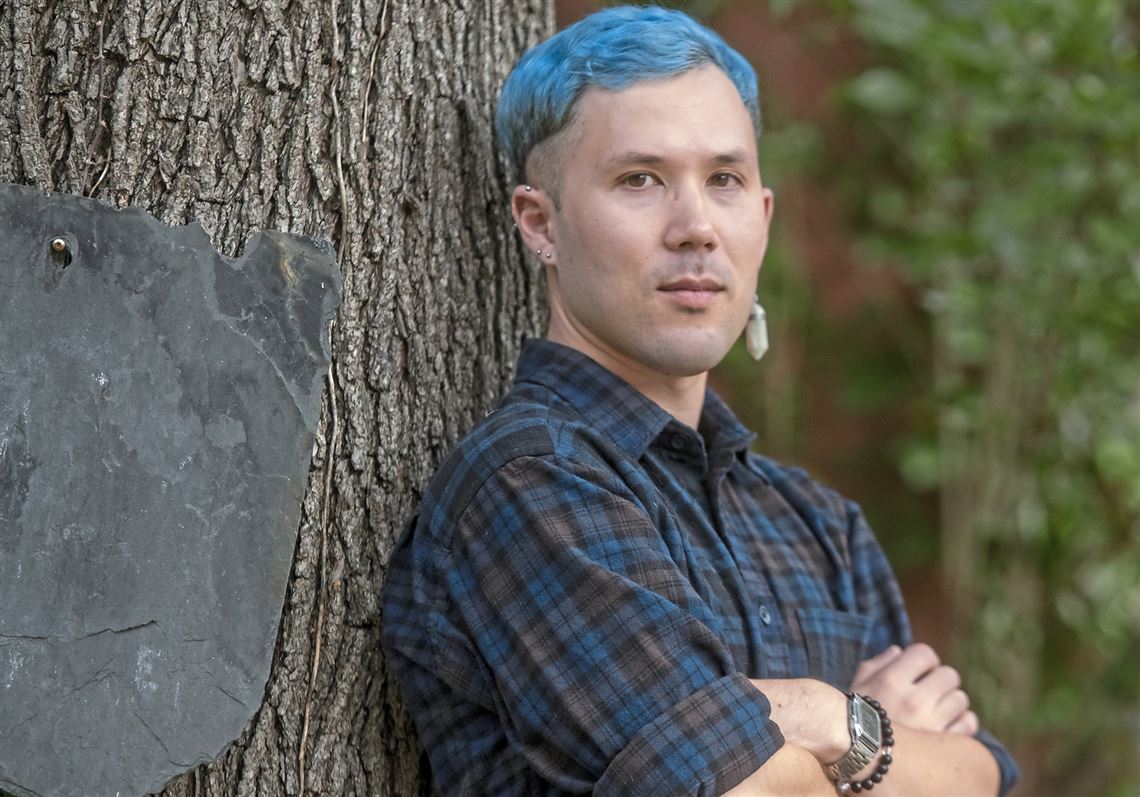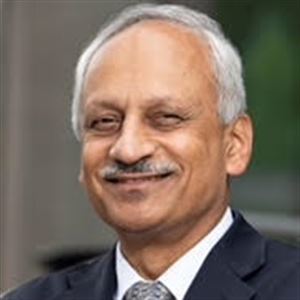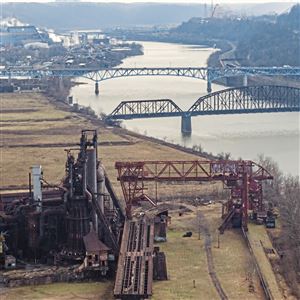After completing his master of fine arts in visual arts at Washington University in St. Louis in 2018, Brent Nakamoto thought Pittsburgh seemed like a good place to relocate. It seemed like a place where he could afford to have his own studio and be an artist.
It’s been four years since the Bay Area native started calling Pittsburgh his home, and he hasn't looked back since.
As a queer, mixed, Japanese-American, Nakamoto, 32, said his studio practice often involves an exploration of his own history as a Japanese-American and his relationship to Japanese traditional arts and culture. The Spring Hill resident also said he is heavily influenced by his study of Buddhism and practice of Zen meditation.
A multidisciplinary artist with a background in painting and drawing, printmaking, photography and book arts, Nakamoto said in his visual art, he’s trying to trying to challenge dualistic ways of looking at images — especially the distinctions between form and content, or object and meaning. He does this in his photorealist paintings by challenging the viewer’s assumptions of the image surface itself.
Nakamoto’s art has been shown around Pittsburgh in both solo and group exhibitions. Over the summer, he led a bookbinding workshop with JADED, a public programming series that celebrated the art and culture of the Asian American and Pacific Islander community. Most recently, he curated an exhibition of eight Asian American artists living in Pittsburgh which opened at the Associated Artists of Pittsburgh exhibition space in September and will run until November.
Besides working on his art, he is an adjunct lecturer at Carnegie Mellon University and was previously an instructor at the Community College of Allegheny County. He is also the program and marketing coordinator for Brew House Association, a nonprofit art center located on the South Side, where he was previously an artist mentor for their artist residency program.
This interview has been edited for space and clarity.
PG: What changes would you like to see in Pittsburgh?
A: There are some really, really talented artists coming into the art community from Carnegie Mellon University and the University of Pittsburgh, but there's also this big discrepancy between what's going on at those institutions and what's going on in the art community in Pittsburgh.
There's not a lot of crossover. There's not a lot of information exchanged. There are art students stuck on campus, they don't come to any of the events here. The communities are definitely not integrated together and it would be nice to see more.
Pittsburgh is small, but because of that, we're not like a slow-moving machine. Pittsburgh is a city where you can have an idea and you come in and you can do it, and you don't have to fight the system and you don't have to fight the culture. And I think that's great.
But Pittsburgh also feels very small and it feels separate from some of those other conversations [in other cities] and I want people to know that there's great stuff happening here. I want people to feel like they can move here.
I was talking to a friend in Los Angeles. He was born and raised in L.A. so he's very close to the city but he messaged me a while ago and asked, “Brent, should I move to Pittsburgh?” and I was like, “Yes, it's amazing.”
And then my friend said, “Oh, but I hear there are no Asian people.”
And yeah, we have like three Asian grocery stores and they're all in different parts of the city.
He said, “Yeah, I don't think I could do it.”
It's not that Pittsburgh has no diversity, but that it’s prohibitive to people who might want to move here. To think, “Oh, I couldn't live somewhere where I don't have that kind of community,” that's sad to me because I think that there are a lot of cool opportunities here.
PG: What would it take for Pittsburgh to become more diverse?
A: That's such a difficult question. I guess what's been exciting for me, what's made me want to stay in Pittsburgh is seeing these communities supporting each other and being intentional and seeing groups like JADED really step up and say, “This is the thing that we want to see,” and doing it and creating opportunities for other people. How can we do more of these grassroots, ground-up movements to support each other? Thinking about what that looks like on a larger level, that's the sort of thing that feels like I have more control over and more kind of agency to create things.
PG: What part of Pittsburgh feels the most diverse to you?
A: I feel like the parts of Pittsburgh that feel the most diverse are very specific, even within the art community. There are times I'll go to a show where it still feels not diverse at all, but there are specific pockets.
There are a lot of parties in Pittsburgh that are very niche dance parties. Jellyfish is kind of the biggest, most popular kind of umbrella, queer, most accessible dance party in Pittsburgh. When it started, it was kind of notorious for being very white, gay male and I think they've put a lot of effort into making it more open to women and people of color.
Sometimes it feels very white when I'm there but it's also very different every time and it also feels like people are there to support one another and there to have fun. And that's kind of how I feel about Pittsburgh in general. It's not always the most diverse, but if you go there, it'll be more diverse.
PG: Are you a Yinzer?
A: I don't really consider myself a Yinzer because to me the word represents this older idea of what Pittsburgh is. I think it’s still there, but it's not something that I see in the way that I'm navigating the city.
I feel like I have embraced the city and the city has embraced me and I feel very much at home here. On my Instagram, a couple of weeks ago, on my four-year anniversary of moving here, I wrote, “Celebrating my four-year Yinzer-versary” in this more playful way.
I do feel like I belong here and I do feel like I have a stake in what the city is and could be. I definitely feel like a Pittsburgher.
First Published: October 30, 2022, 10:00 a.m.
